CFP2 100GBASE-SR10: Unleashing the Powerhouse of Multi-Mode fibre Connectivity
The insatiable demand for bandwidth in today’s hyper-connected world has pushed the boundaries of networking technology. While single-mode fibre (SMF) reigns supreme for long-distance, high-speed applications, multi-mode fibre (MMF) remains a cost-effective workhorse for shorter connections within data centres and campuses. However, traditional MMF technology struggled to keep pace with the ever-escalating data rates, until the arrival of the CFP2 100GBASE-SR10 transceiver. This revolutionary module is transforming the landscape of MMF systems, unlocking a new era of speed, bandwidth, and versatility.
CFP2 100GBASE-SR10: Unveiling the Specs
Before diving into the revolution, let’s understand the hero of our story. The CFP2 100GBASE-SR10 is a compact, hot-pluggable transceiver that delivers a blazing-fast 100 Gigabit Ethernet (GbE) connection over 10 parallel lanes of MMF. This translates to 10 times the bandwidth compared to traditional 10GbE MMF solutions, a colossal leap forward. But it’s not just about raw speed. The CFP2 100GBASE-SR10 boasts several features that make it a game-changer for MMF systems:
- Extended Reach: Operating at an 850nm wavelength, it offers a reach of up to 100 meters, far exceeding the 30-50 meters of legacy technologies. This increased range opens up new possibilities for MMF deployment in larger data centres and campus networks.
- Lower Power Consumption: Compared to its hungry predecessors, the CFP2 100GBASE-SR10 is a power-miser. Its energy-efficient design consumes significantly less power, translating to cost savings and reduced environmental impact.
- Improved Scalability: The modularity and hot-pluggability of the CFP2 form factor allow for easy scalability and upgrades. Network admins can seamlessly add or remove ports without disrupting existing connections.
- Enhanced Diagnostics: Advanced monitoring capabilities provide real-time insights into the transceiver’s health and performance, enabling proactive maintenance and troubleshooting.
The Revolution Unfolds: Transforming MMF Applications
With these potent features under its hood, the CFP2 100GBASE-SR10 is reshaping the landscape of several MMF applications:
- Data centre Interconnects: Traditional data centre fabrics relied heavily on SMF for high-bandwidth links. The CFP2 100GBASE-SR10 allows for cost-effective 100GbE connections between servers, switches, and storage arrays within the data centre, reducing complexity and optimising resource utilisation.
- High-Performance Computing (HPC) Clusters: HPC environments crave massive bandwidth for data movement and inter-node communication. The CFP2 100GBASE-SR10 provides the necessary oomph to fuel these computational juggernauts, enabling faster simulations, data analysis, and scientific breakthroughs.
- Enterprise Campus Networks: Campuses and educational institutions require robust backbones for supporting bandwidth-intensive applications like video conferencing, streaming media, and cloud services. The CFP2 100GBASE-SR10 empowers campuses to effortlessly meet these demands, future-proofing their network infrastructure for years to come.
- fibre to the Home (FTTH) Aggregation: As FTTH services expand, aggregation points need to handle ever-increasing traffic. The CFP2 100GBASE-SR10 serves as a perfect solution, enabling service providers to efficiently aggregate user traffic before uplinking it to the core network.
Beyond Speed: Embracing the CFP2 100GBASE-SR10 Ecosystem
The revolution extends beyond the specs sheet. The CFP2 100GBASE-SR10 is also driving the development of a vibrant ecosystem of supporting technologies:
- Advanced MPO Connectors: Multi-fibre push-on (MPO) connectors are essential for handling the 10 parallel lanes of the CFP2. New advancements in MPO connector design enhance reliability and simplify connectivity, ensuring smooth deployment and operation.
- Intelligent Network Management Tools: With increased complexity comes the need for sophisticated network management tools. Vendors are developing sophisticated tools specifically designed for managing CFP2-based networks, providing real-time monitoring, fault detection, and performance optimisation.
- fibre Infrastructure Optimisation: To fully capitalise on the CFP2 100GBASE-SR10’s potential, careful consideration needs to be given to the underlying fibre infrastructure. Optimising cabling types, cleaning procedures, and testing methods are crucial
Unleashing the Full Potential: Challenges and Considerations
While the CFP2 100GBASE-SR10 is undoubtedly a game-changer, its adoption requires careful consideration of certain challenges and key aspects:
- Cost Factor: Compared to legacy MMF solutions, the CFP2 transceiver and associated equipment carry a higher price tag. However, the long-term benefits in terms of increased bandwidth, scalability, and future-proofing often outweigh the initial investment.
- Fibre Link Quality: The performance of the CFP2 100GBASE-SR10 is highly dependent on the quality of the MMF link. Older MMF installations might not support the full 100 GbE speed or reach due to modal dispersion and attenuation. Upgrading to optimised OM4 or OM5 MMF might be necessary to fully unlock the transceiver’s capabilities.
- Expertise and Training: Implementing CFP2-based networks requires a higher level of expertise compared to traditional MMF setups. Network administrators need to be trained on the specific requirements and best practices for handling high-speed MMF links and CFP2 transceivers.
- Interoperability: With multiple vendors offering CFP2 transceivers, ensuring interoperability between different brands and models is crucial. Choosing equipment that adheres to industry standards and following vendor recommendations can help avoid compatibility issues.
- Heat Management: The increased power consumption of the CFP2 transceiver generates more heat. Data centres and equipment rooms need to be equipped with adequate cooling systems to maintain optimal operating temperatures and prevent overheating.
- Security Considerations: High-speed network connections present a larger attack surface for potential security threats. Implementing robust security measures, such as encryption and access controls, is essential to protect sensitive data transmitted over CFP2 links.
- Future-proofing for Emerging Technologies: The networking landscape is constantly evolving. Choosing CFP2-based solutions that support emerging technologies like 200GbE and 400GbE ensures future-proofness and avoids the need for costly upgrades in the near future.
By carefully addressing these challenges and considerations, organisations can successfully leverage the CFP2 100GBASE-SR10 to unlock the full potential of their MMF infrastructure, paving the way for a faster, more efficient, and scalable network environment.
Let’s take a whirlwind tour of how this versatile technology is transforming diverse realms:
Campus Networks: Imagine a bustling university campus teeming with students, faculty, and researchers. Traditional 10GbE MMF networks often buckle under the weight of streaming lectures, video conferencing, and cloud-based learning platforms. The CFP2 100GBASE-SR10 comes to the rescue, providing:
- Seamless Connectivity: Blazing-fast 100GbE speeds ensure smooth streaming of high-definition lectures and flawless video conferencing experiences.
- Enhanced Collaboration: Researchers across departments can seamlessly share massive datasets and collaborate on projects in real-time, breaking down geographical barriers.
- Future-Proof Infrastructure: With an eye on the future, universities can leverage the CFP2’s scalability and potential for integration with technologies like 200GbE, preparing their networks for tomorrow’s demands.
Enterprise Backbones: Businesses of all sizes grapple with the ever-growing need for bandwidth. Data centres struggle to keep pace with the rising tide of cloud traffic, file transfers, and internal communication. The CFP2 100GBASE-SR10 offers a potent solution:
- Reduced Congestion: 100GbE connections effectively eliminate network bottlenecks, ensuring smooth data flow between servers, storage arrays, and applications.
- Improved Efficiency: By optimising data centre operations and minimising server downtime, the CFP2 helps businesses boost productivity and optimise resource utilisation.
- Cost Savings: Utilising existing MMF cabling eliminates the need for expensive SMF upgrades, leading to significant cost savings for IT budgets.
fibre to the Home (FTTH) Aggregation: As FTTH services explode in popularity, service providers face the challenge of efficiently aggregating user traffic before feeding it into the core network. The CFP2 100GBASE-SR10 provides a scalable solution:
- High-Capacity Aggregation: 100GbE links efficiently aggregate traffic from thousands of subscribers, minimising latency and ensuring a seamless user experience.
- Reduced Complexity: By minimising the number of aggregation points needed, the CFP2 simplifies network architecture and reduces operational costs.
- Future-Proofing FTTH: With potential for integration with upcoming technologies like 400GbE, the CFP2 equips service providers for the exponential growth in FTTH demand.
These are just a few snapshots of the diverse landscape where the CFP2 100GBASE-SR10 is leaving its mark. From university campuses to bustling data centres and the expanding FTTH networks, this transformative technology is bridging the gap between present demands and future challenges, paving the way for a faster, more connected, and efficient world.
Beyond the Hype: A Balanced Look at CFP2 100GBASE-SR10
While the CFP2 100GBASE-SR10 promises a revolutionary leap in MMF performance, it’s crucial to approach the hype with a healthy dose of pragmatism. Let’s peek beyond the shiny specs and explore some nuanced aspects of this technology:
Deployment Considerations:
- Compatibility Concerns: While industry standards exist, interoperability challenges can arise between different brands and models of CFP2 modules and switches. Thorough compatibility testing is vital before deployment.
- fibre Quality Matters: Older MMF infrastructure might not support the full 100GbE performance due to modal dispersion and attenuation. Upgrading to OM4 or OM5 may be necessary.
- Heat Management: Increased power consumption demands proper cooling systems in data centres and network equipment rooms.
Economic Realities:
- Initial Investment: Compared to traditional MMF solutions, the upfront cost of CFP2 transceivers and compatible equipment can be significantly higher. Careful cost-benefit analysis is crucial.
- Return on Investment: The long-term benefits in terms of increased bandwidth, scalability, and future-proofing need to be weighed against the initial investment for organisations to make an informed decision.
- Training and Expertise: Implementing and managing CFP2-based networks requires a higher level of expertise compared to legacy setups. Training for network administrators might be necessary.
Future Outlook:
- Emerging Technologies: While CFP2 paves the way for higher speeds like 200GbE and 400GbE, backward compatibility with legacy devices might be limited. Organisations must consider their upgrade roadmap carefully.
- Security Concerns: High-speed connections present a larger attack surface. Implementing robust security measures is crucial to protect sensitive data transmitted over CFP2 links.
- Sustainability Considerations: Increased power consumption necessitates exploring energy-efficient cooling solutions and network management practices for responsible technology adoption.
By acknowledging these nuanced realities alongside the undeniable benefits, organisations can make informed decisions about whether the CFP2 100GBASE-SR10 is the right fit for their specific needs and future aspirations. Remember, technology adoption should be a strategic choice, not a blind rush for the latest and greatest.
The CFP2 100GBASE-SR10: A Glimpse into the Crystal Ball
With the CFP2 100GBASE-SR10 reshaping the MMF landscape, it’s natural to wonder what the future holds. Buckle up for a futuristic peek into the potential crystal ball of this transformative technology:
- Exponential Speed Boosts: Expect the future to be paved with even faster MMF connectivity. Advancements in optical technology combined with optimised cabling could witness a leap towards 200GbE and even 400GbE over MMF distances, further shattering bandwidth barriers.
- Integration with Emerging Trends: Imagine a world where CFP2 seamlessly integrates with technologies like Software-Defined Networking (SDN) and Network Function Virtualisation (NFV). This would offer dynamic network resource allocation, flexible service provisioning, and simplified network management, revolutionising the way we architect and manage high-speed MMF networks.
- AI-Powered Optimisation: Artificial intelligence could play a significant role in optimising CFP2 performance. Self-learning algorithms could dynamically adjust parameters, diagnose potential issues, and even predict equipment failures, ensuring exceptional network uptime and efficiency.
- Security Fortification: As threats evolve, expect advanced security protocols to be embedded within CFP2 transceivers and switches. Features like hardware-based encryption, real-time intrusion detection, and automated threat mitigation could become commonplace, safeguarding sensitive data traversing high-speed MMF links.
- Green Networking Revolution: Sustainability will be a driving force in future CFP2 advancements. Expect eco-friendly materials, energy-efficient designs, and intelligent power management features to minimise the environmental impact of high-bandwidth MMF infrastructure.
- Widespread Adoption: As costs decrease and compatibility issues are ironed out, CFP2 adoption is expected to skyrocket. From data centres and campuses to FTTH networks, MMF will witness a transformation, becoming the backbone of a hyper-connected and bandwidth-hungry future.
The CFP2 100GBASE-SR10 marks a significant leap forward in the evolution of MMF technology. Its impressive speed, extended reach, and advanced features are revolutionizing how we approach high-bandwidth connectivity within data centers, campuses, and other demanding environments. As the ecosystem surrounding this powerful transceiver continues to flourish, we can expect even more innovative applications and advancements that will redefine the boundaries of MMF capabilities. The future of multi-mode fiber is undeniably bright, fueled by the transformative power of the CFP2 100GBASE-SR10.
FAQ's
A transceiver that unlocks 100 Gigabit Ethernet speeds over multi-mode fiber, boosting bandwidth and future-proofing MMF networks.
10x faster than traditional MMF, improved scalability, longer reach (up to 100 meters), and cost-effective compared to single-mode fiber upgrades.
It typically employs PAM-4 (Pulse Amplitude Modulation with 4 levels) on each of its 10 parallel lanes, achieving the 100GbE data rate over MMF.
While OM4 MMF is sufficient for typical 100GbE distances, OM5 MMF with its lower attenuation is recommended for maximizing reach and achieving longer distances up to 100 meters.
The parallel lane architecture inherently mitigates the impact of modal dispersion compared to single-lane solutions. Additionally, advanced equalization techniques within the transceiver further compensate for modal effects.
CFP2 transceivers offer detailed real-time data on parameters like laser temperature, optical power levels, and voltage, enabling proactive maintenance and troubleshooting.
Advanced link loss detection and recovery protocols ensure fast and seamless failover to redundant links in case of connection interruption, minimizing downtime.
Ensuring compatibility between equipment, migrating older MMF infrastructure if needed, and managing the increased power consumption effectively.
Green is on the agenda! Expect energy-efficient designs, renewable energy integration, and smart power management features to minimize CFP2's environmental footprint.
While single-mode parallel solutions offer even higher potential speeds, they require expensive mode-conditioning equipment and specialized MMF. CFP2 provides a practical and cost-effective alternative for many high-bandwidth MMF applications.
Most major network management platforms provide integration with CFP2-based switches, allowing for centralized monitoring, configuration, and performance optimization.
High-speed links present a larger attack surface. However, features like secure boot, hardware encryption, and secure firmware updates can mitigate these risks.
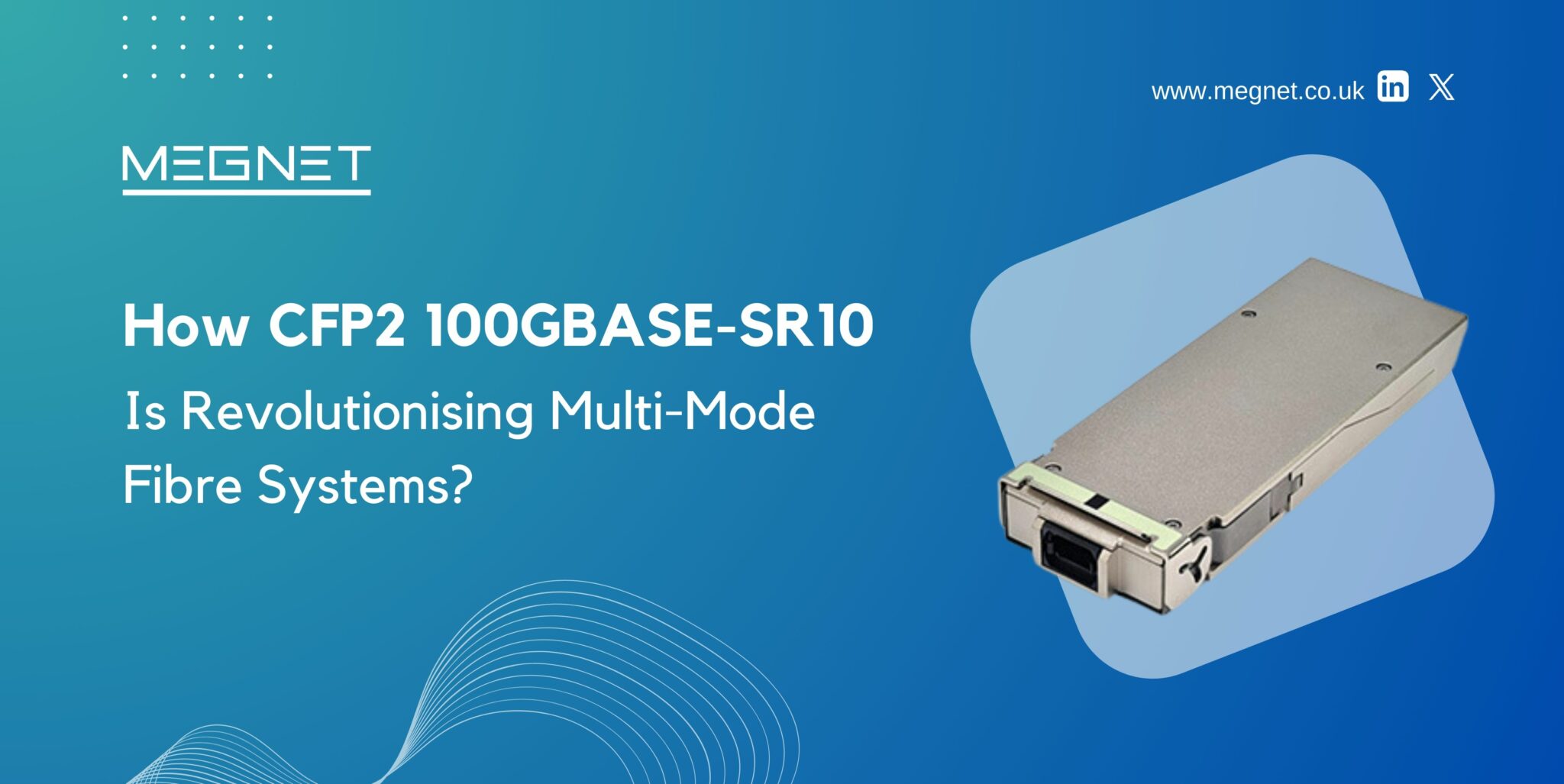

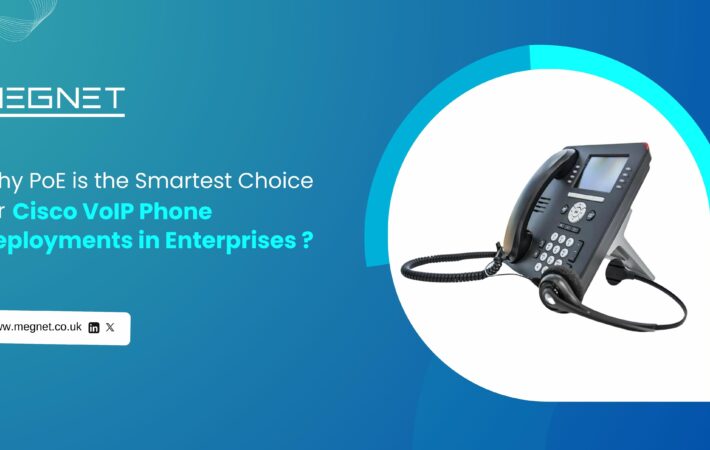
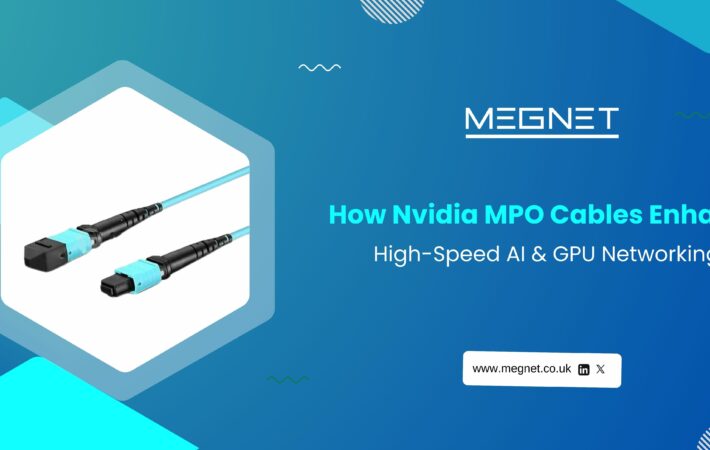

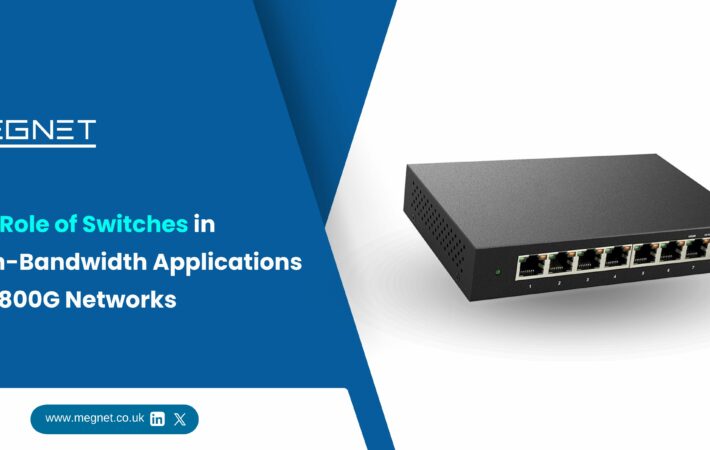
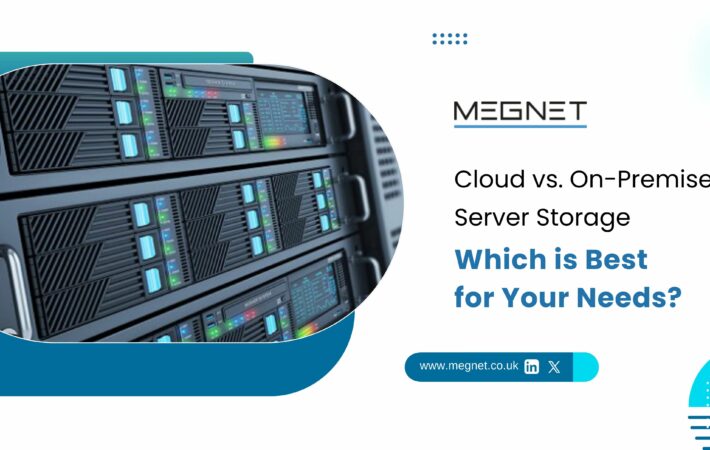


Leave a comment
Your email address will not be published. Required fields are marked *